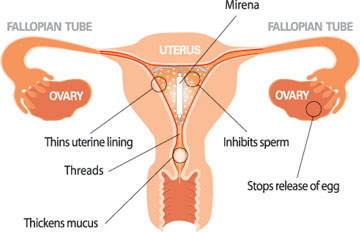
The incidence of idiopathic IH overall is 1 in 100,000, but in overweight women of child-bearing age, the incidence is 20 in 100,000. Being overweight has also been identified as a risk factor. Conditions that can cause IH include head trauma, stroke and cerebral blood clots, and medications include certain antibiotics, certain types of progestins (synthetic progesterone used in birth control), Accutane, and more.Īnyone can develop IH, regardless of age, gender, or ethnicity, but it is thought that women of child-bearing age are at higher risk, raising the question of how hormones may influence its development. Chronic IH can occur without an identifiable cause, in which case it is called idiopathic IH, or it can be secondary to an underlying condition or medication use. Intracranial hypertension can be acute, in cases of head injury or bleeding in the skull, or chronic, developing more slowly. Other possible symptoms include sharp pain in the arms, legs, and back, severe neck stiffness, nausea/vomiting, numbness or tingling in hands, feet, and face, depression, exercise intolerance, memory difficulties, and more.

The visual changes can result in vision loss or even blindness. These three symptoms do not all have to be present in IH. The symptoms of IH can vary between individuals, but three of the main symptoms are severe headaches, visual changes (papilledema), and a whooshing noise in the ears (called pulse-synchronous tinnitus). Although the mechanism behind IH is not well understood, researchers believe it involves a problem with the absorption of CSF in the blood. CSF is produced continuously, so normal CSF pressure in the skull requires a balance between production and absorption of CSF. CSF is produced in the choroid plexus area of the brain and under normal circumstances, flows over the brain and is absorbed into the venous blood system. Intracranial hypertension develops when the pressure of the cerebrospinal fluid (CSF) is too high in the skull.


The link between progestin-containing birth control implants, such as Norplant, and IH, has been known for almost 20 years, but this issue started to receive more attention when research linking IH to use of the Mirena IUD was published. This condition is also sometimes called by its older names, benign intracranial hypertension or pseudotumor cerebri. Intracranial hypertension (IH) is a serious and potentially disabling neurological condition.


 0 kommentar(er)
0 kommentar(er)
